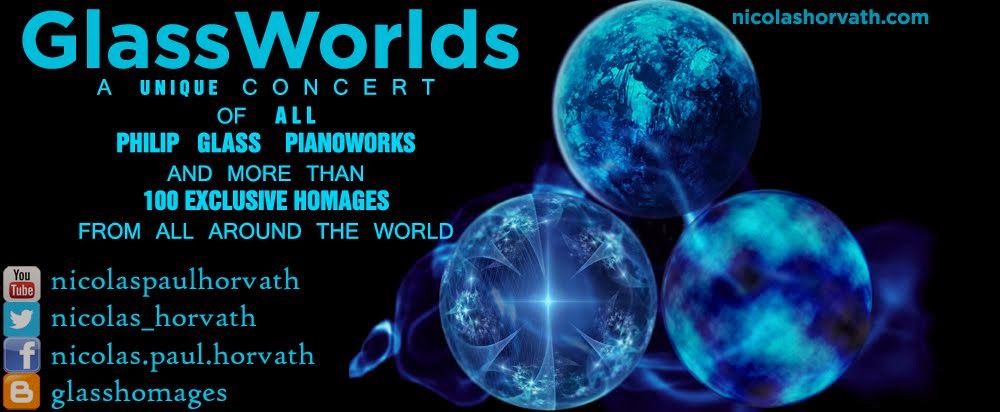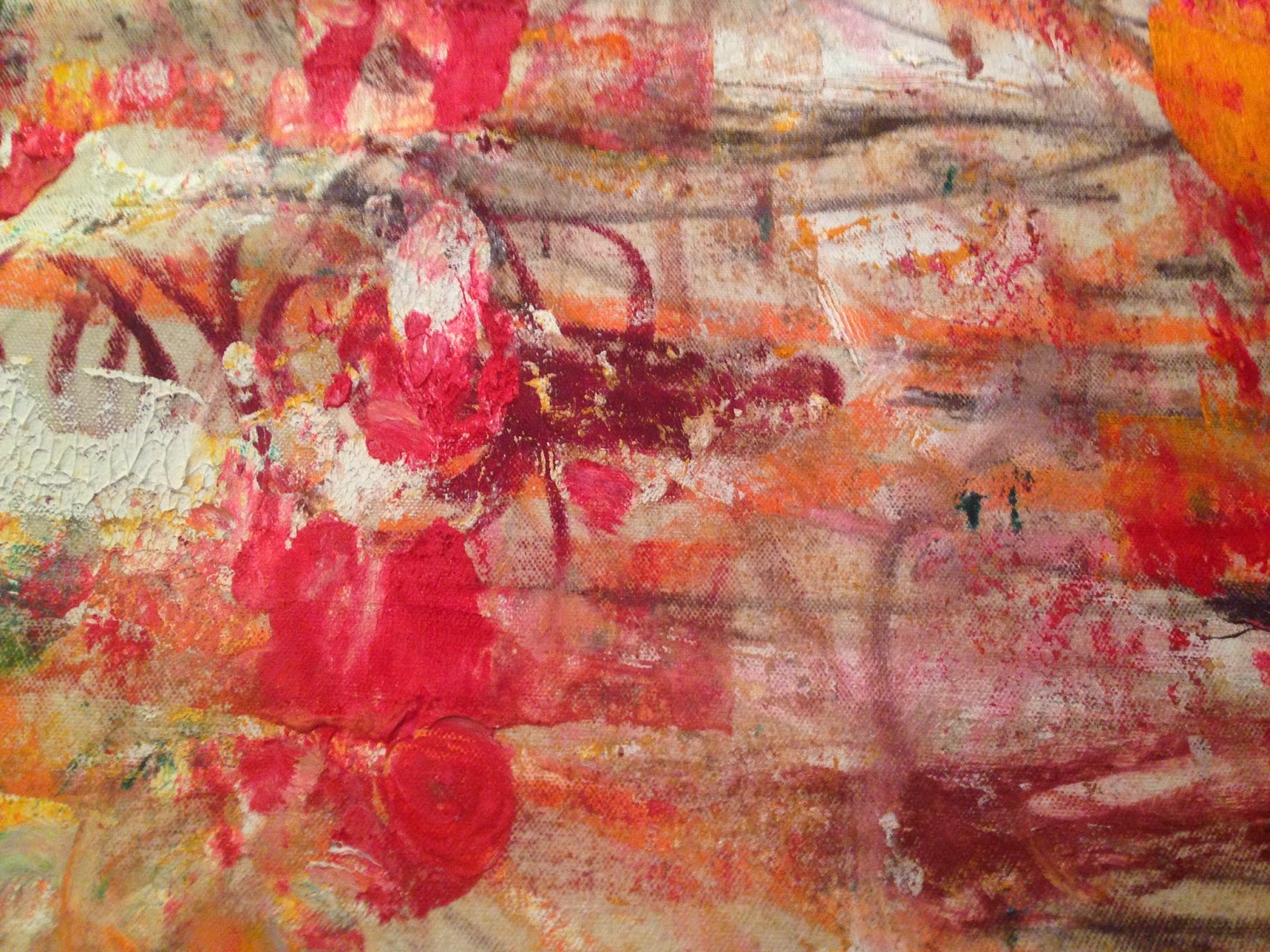Biography
Bil Smith
Bil Smith is a composer, instrumentalist and neologist. His work has been programmed by leading contemporary music ensembles and his scores have been published and exhibited in art galleries throughout the world.
Bil’s compositions have been performed by specialist ensembles and soloists including members of the San Francisco Symphony Orchestra, Ensemble Moderne, The Düsseldorfer Symphoniker, St. Petersberg Philharmonic Orchestra, Kyushu Symphony Orchestra, Helsinki Philharmonic Orchestra. Schoenberg Ensemble Amsterdam, Ensemble Gelade, Qingdao Symphony Orchestra, Dresden Philharmonic, and Oslo Sinfonietta.
Early in his career as a jazz trumpeter, he performed with the Thad Jones/Mel Lewis Orchestra, Anthony Braxton, Toshiko Akiyoshi, Gary Burton, Steve Lacy, Lester Bowie, Kevin Eubanks, Quincy Jones, Max Roach and Michael Gibbs.
As a Neologist, Smith founded Addison Whitney, a consultancy dedicated to creating brand identities for global companies and organizations. Deeply rooted in the etymology and linguistic foundations of words, Smith created a dynamic new system of word generation, which led to the creation of the brands Viagra (Pfizer), Outlook (Microsoft), Escalade (Cadillac), Xbox (Microsoft), Lexapro (Forest Labs), Element (Honda), Advair (GSK) and Access (Microsoft). He has been responsible for the creation of more than 1100 brand names globally since 1991.
He identifies himself as an interdisiplinarian composer, incorporating combinatorial techniques including neologisms, prose, painting, sculpture, drawing and combustion, as well as traditional elements of music composition to his work.
“Delinquent Spirit of a Drowned City” for Solo Piano
(by the composer himself)
Co-Conspirators: Jhenna Marche, Siyang Gong
_______________________________________________________________________
The score: Four (4) independent pages, 27.5” X 17.5” on boards; three (3) transparencies, 17.5” X 3.35”, Performance Notes book, portfolio enclosure and oil on canvas 46” X 31” (integument).
This work is inspired by Philip Glass’ “The Light.” Glass composed this work in 1987 to celebrate the 100th anniversary of the Michelson-Morley experiment, whose data, failed to demonstrate their hypothesis, but led to discoveries about special relativity and the speed of light; and ultimately, the impact on light and color.
_______________________________________________________________________
The compositional structure is based on W.V.O. Quine’s theories of holophrastic indeterminacy, or “…indeterminacy of musical performance translation.” This is one of two kinds of indeterminacy of performance interpretation to appear in his writings.
According to Quine, “There is more than one correct method of interpreting (translating) notations where the two interpreters differ not merely in the meanings attributed to the sub-sentential parts of sounds but also in the net import of the whole composition.”
It is holophrastic indeterminacy that underlies Quine’s argument against synonymy, the basis of his objections to Rudolf Carnap’s analytic/synthetic distinction.
The pianist is empowered, yet restricted by the presence of textual references and neologisms, inferred tablature (transparencies) and direct tablature (found on the far right side of the four (4) large pages of the score).
The focus on combinatorial tablatures and tactical notational systems represent my interest in the efforts my musical allegory makes to affect change while grappling with the notion of radical—whether as a self-identification or a prescribed moniker, or both—and the mutations of disruption, authority, activism, and ethos that take place. I am curious about the actuality of innate constructions determining one’s aesthetic and sociopsychic passion and sense of agency.
“Delinquent Spirit” is a platform for investigating intentionality and the rapport I have to documentary or archival forms—a fragile and volatile place for both the object and subject. Authenticating experiences through new musical representations quickly impresses a contemporary psychological form of recognition. Within these mediated forms of cognition, music establishes a further expanded dimensional presence. Ultimately, it is challenging to understand this work as a completed form or even as a record—it is something that is permeable and flexible.






Aucun commentaire:
Enregistrer un commentaire